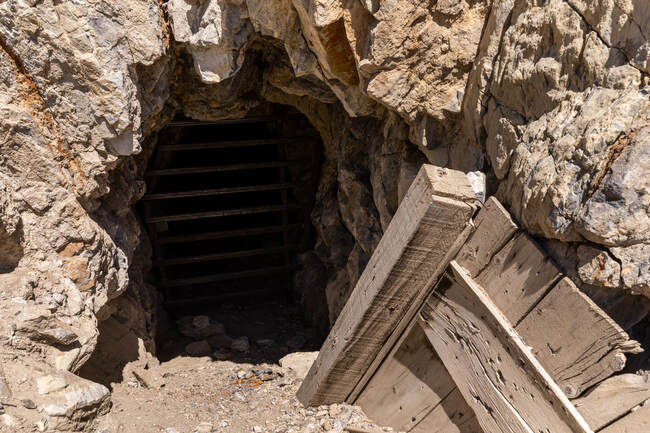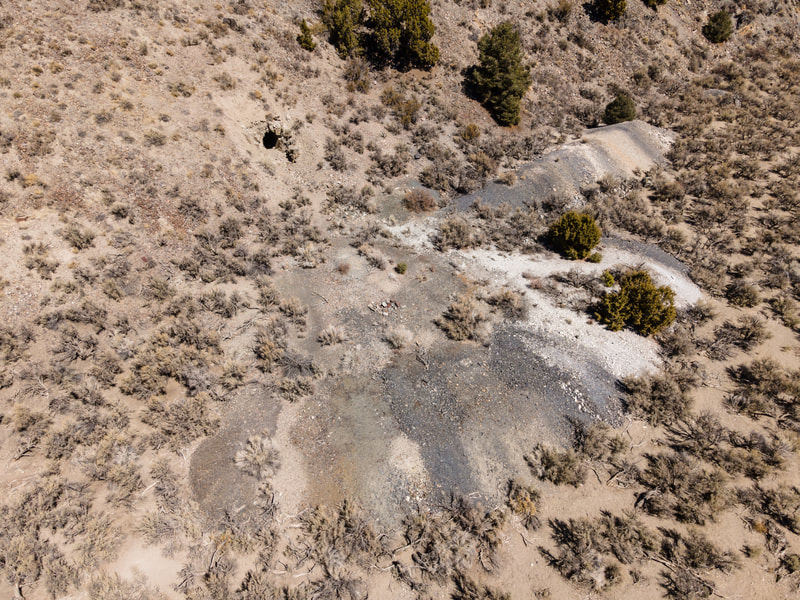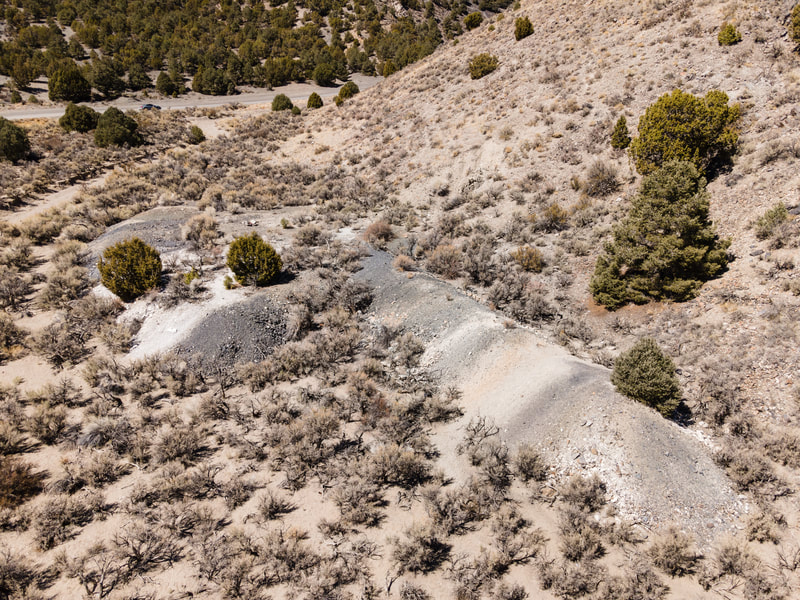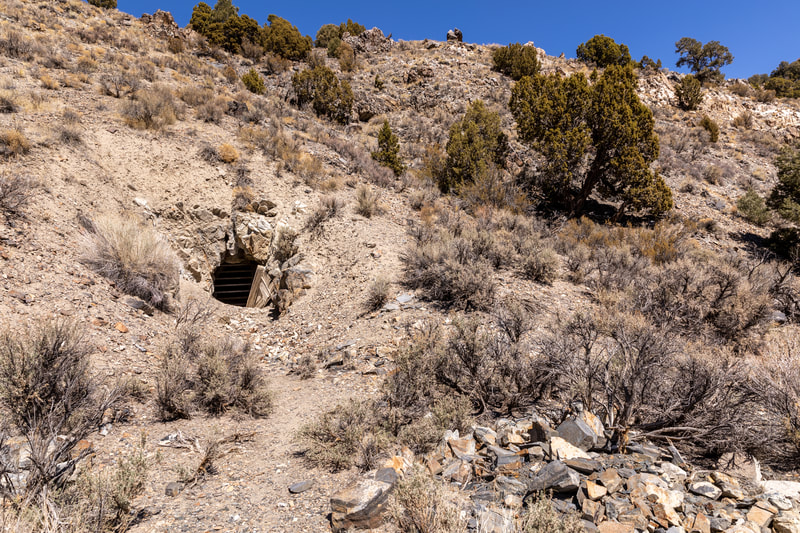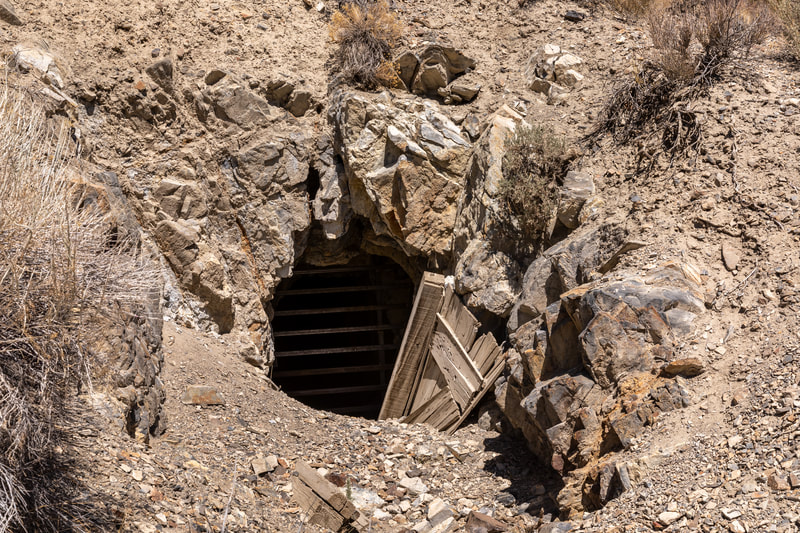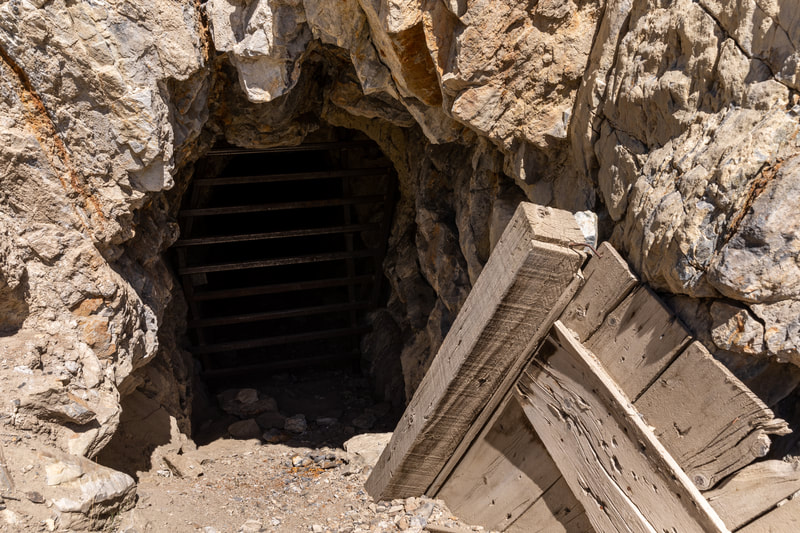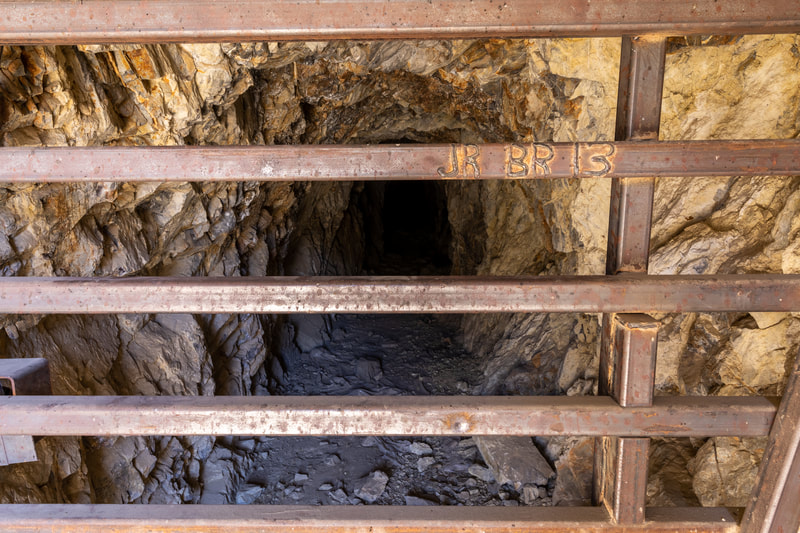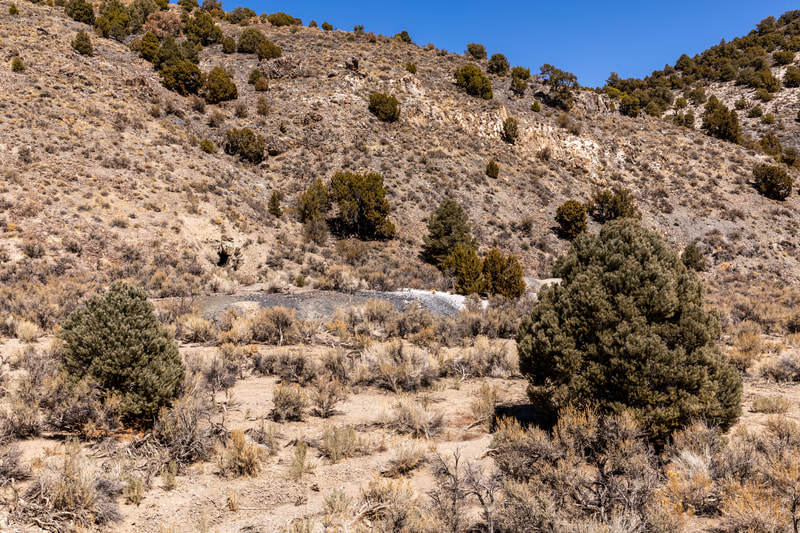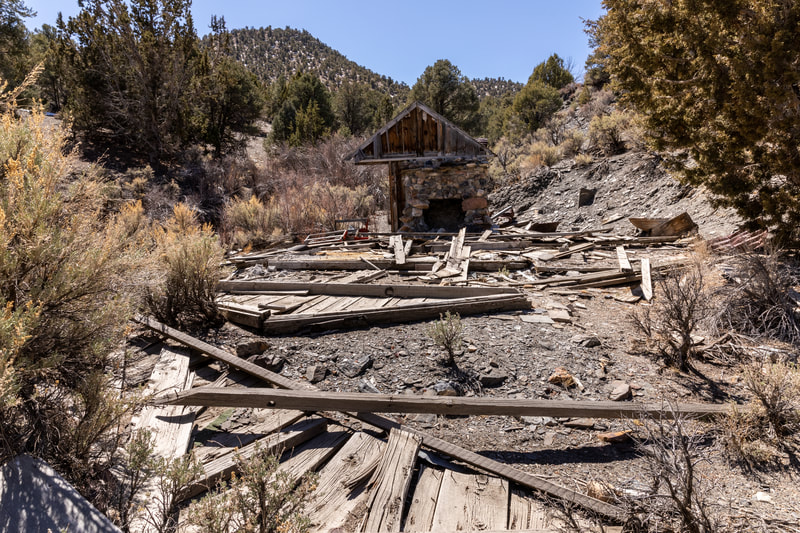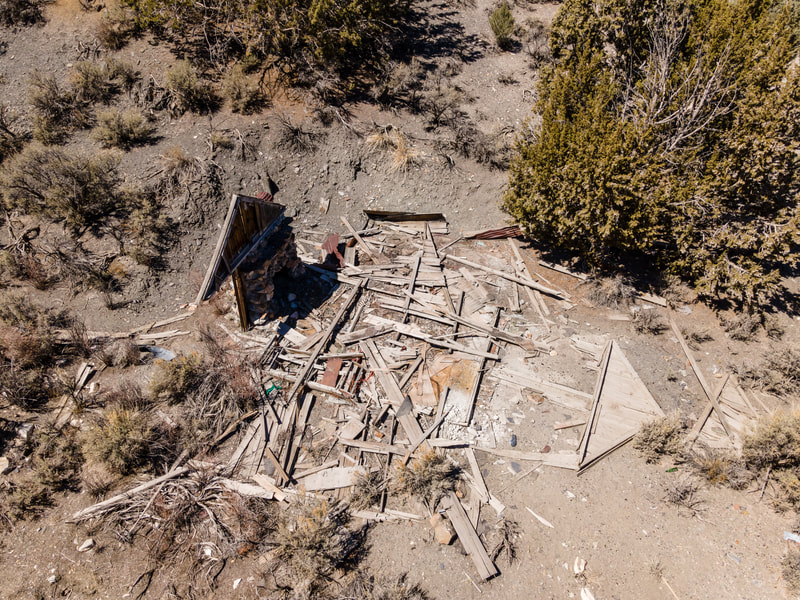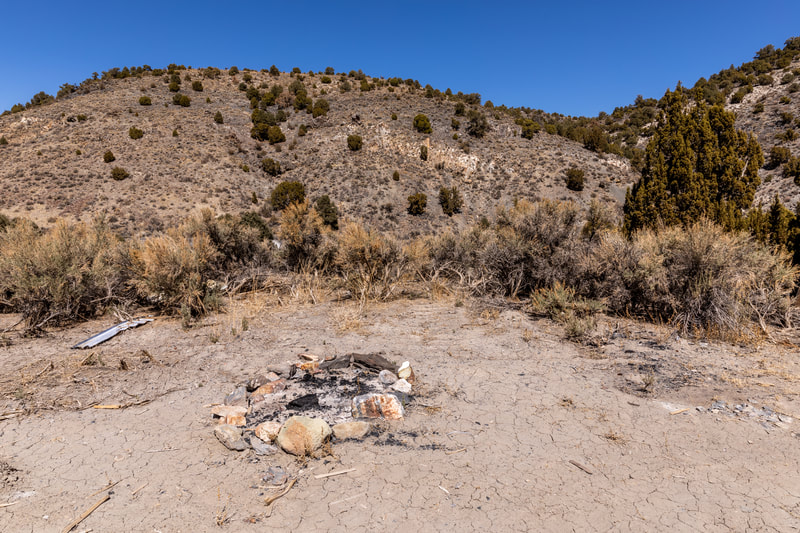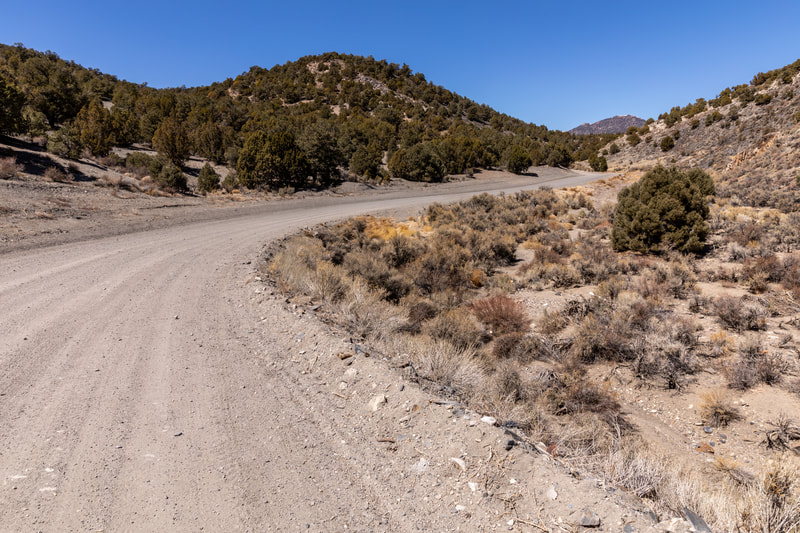The Manhattan Mine
(Lode)
(20.66 acres)
Nye County, Nevada
$31,000
Now Available!
(Lode)
(20.66 acres)
Nye County, Nevada
$31,000
Now Available!
•Commodities: Gold, Silver, Copper
• Claim designation: un-patented lode
• Size: 20.66 acres
• Location: Nye County, Nevada
•Financing available with $2100.00 down and monthly payments of $275.00
•Direct purchase discounts available
The Manhattan Mine is a documented mineral property in the historic Manhattan mining district of Nye County Nevada.
One of the last remaining underground mines available in the district; the Manhattan boasts an estimated 1200 feet in underground workings, heavily mineralized ore spill, remnants of an old miners bunkhouse, and excellent access.
Renowned for high-quality specimen Gold in Nevada, the Manhattan district holds untapped potential for precious mineral recovery.
- Primary workings of the Manhattan Mine consist of a single tunnel style adit driven 85 degrees northwest into the heavily mineralized outcropping. An inclined shaft was originally cut above the adit on the hillside to meet the NW trending vein structure.
Underground workings will require a modern gate, with timbered bracing for continued exploration and development..
- Estimated ore available ore grades are (0.88-to-11.00 OPT Au), with )2.3-to-17.00 OPT Ag)
- Free milling Gold is available in the volcanically altered vein material.
- In addition to the established workings, multiple virgin outcroppings of the epithermal Gold deposit are visible above and below the adit area.
A large mine spill features multiple piles of graded ore and host rock.
The mine spill consists of mid-grade ores from early production during the 1900s, as no mill is available onsite, the high grade ore was presumably shipped to another location.
Mine entrance was gated for protection of the underground reserves as well as to block unauthorized access in 2013.
A large bunkhouse was constructed south of the mine.
Today all that survives of the bunkhouse is the stone cobble fireplace and partial timbers.
A natural water spring is available just past the old cabin ruins.
Accessibility is uncommonly excellent for the area. All vehicle types can easily access the primary parking and staging area of the Manhattan Mine.
- HISTORY AND PRODUCTION.
Gold was discovered in the Manhattan district in 1905, although quartz veins in the vicinity of Manhattan had been worked as early as 1866. The district immediately became one of the "boom camps.
Although the ore deposits of Manhattan were not discovered until 1905, mining had been carried on in other parts of the Toquima Range for at least 40 years previously.
The ore deposits of Belmont, 15 miles northeast of Manhattan, were discovered in 1865 by an Indian and the camp, under the name Philadelphia district, soon attained considerable importance.
In November, 1866, the first stamp mill was erected. This is reported to have had a daily production of a trifle over $1,000, saving about 60 per cent of the silver in the ore.
By 1867 a 40-stamp mill had been erected on the property of the Combination Co. and smaller mills on other properties. The town of Belmont had banks, assay offices, and schools, a triweekly stage service, and a weekly news paper.
In 1870 the deepest shaft was 276 feet deep, and the depth to water level was 240 feet.
Emmons gives the production of the Combination mine for the first six months of 1868 as $160,297.
The acme of the district's production seems to have been reached in ; 1873. Raymond 7 says: " The town of Belmont has largely increased in population and enterprise and is generally conceded to be second only to Virginia City and Pioche."
The reported production of the three larger mines for the year 1873 was $612,523.
In April, 1905, John C. Humphrey discovered ore rich in free gold in the crystalline limestone on April Fool Hill, only about 100 feet from the road from Belmont to Cloverdale.
In one instance , it was said that for 40 years " specimen ore" had thus been lying unnoticed close to a well traveled road.
At about the same time silver-bearing lead ore was found near the now abandoned camp of Palo Alto.
In August after the discovery there was a rush of prospectors, but the camp was later deserted, though it filled up again the following winter. In March, 1906, there were 3.000 people in Manhattan and the immediate vicinity.
The Manhattan mineral property is a promising location for the beginning enthusiast up to an established mining company.
